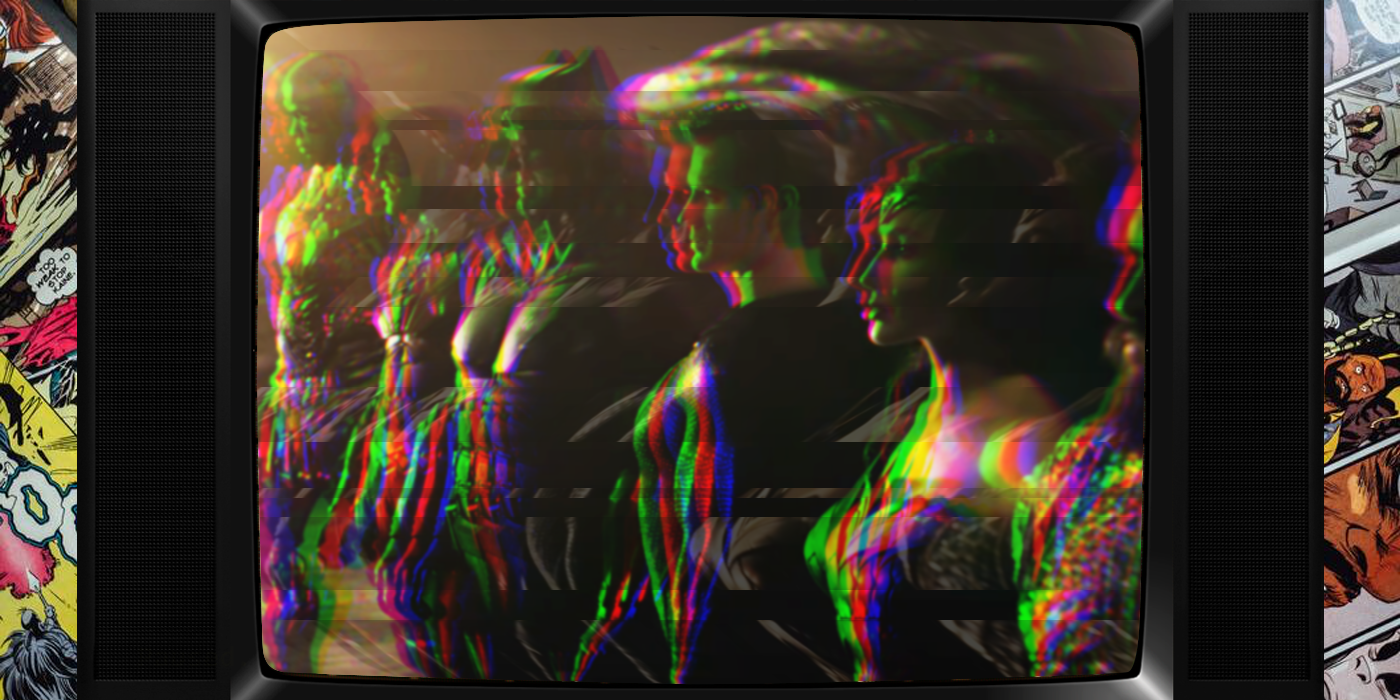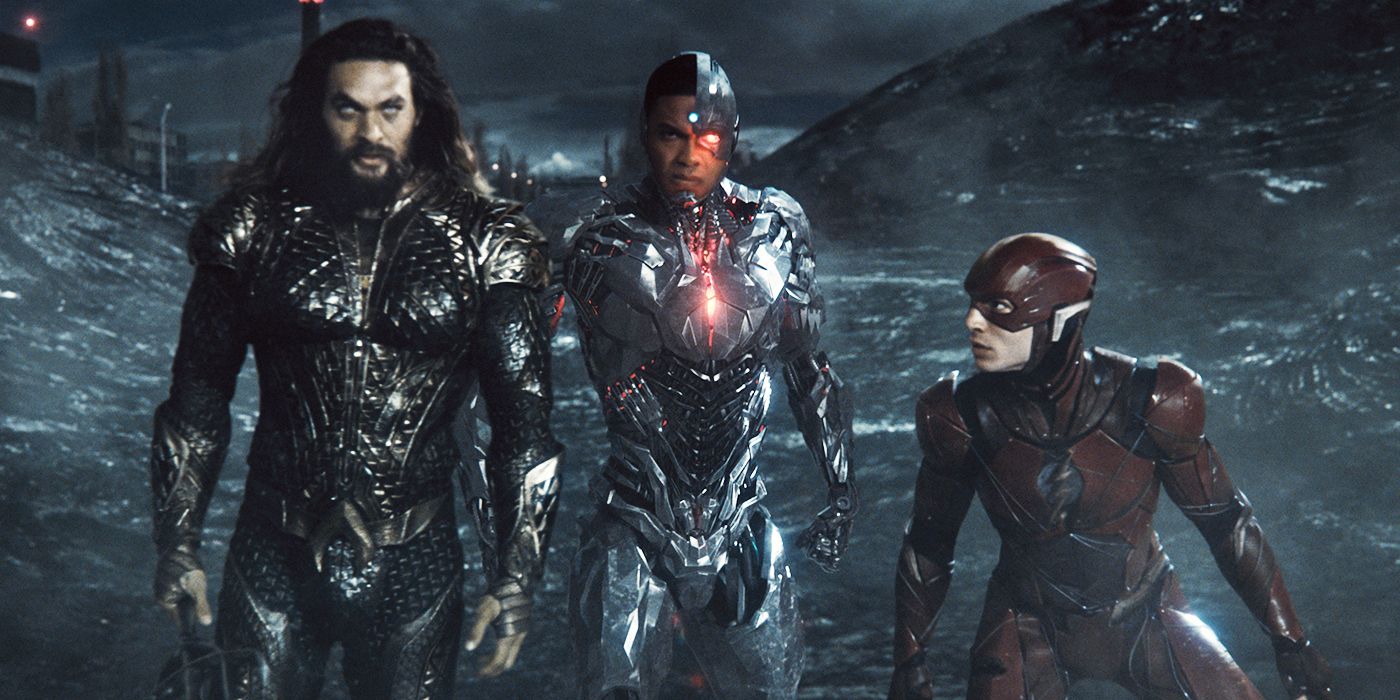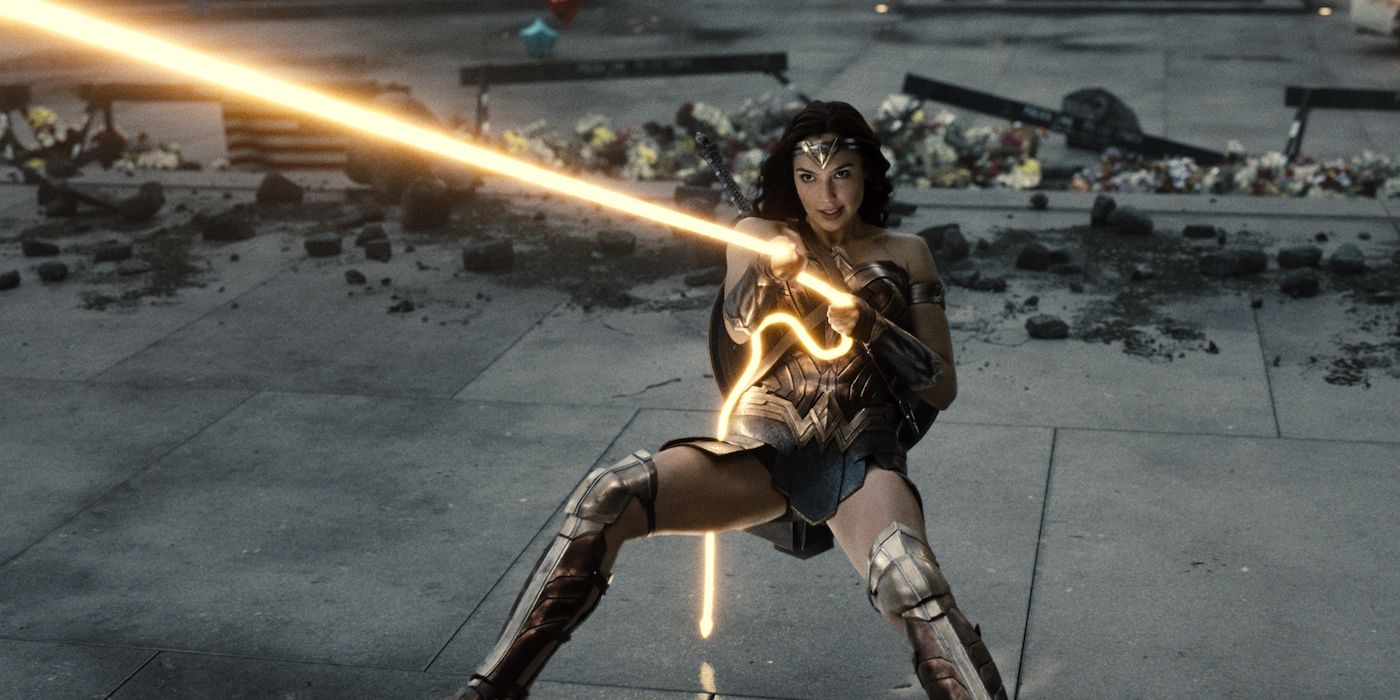Zack Snyder's Justice League, that most improbable of pop culture events, brought with its premiere a number of questions I'd never thought to ask: What if Superman got a black suit? What if Lois Lane got a whole lot more to do? What if both Batman and Cyborg got to use swears? What's it even like, to watch a movie made in the 21st century that's four hours long? But my biggest question about the Snyder Cut remained unanswered by the end: Why wasn't this a TV show?
I don't mean "why didn't Zack Snyder make a brand new 22-episode procedural starring superheroes?", but rather "why wasn't ZSJL released as a multi-episode limited series?" And to be clear, the official reason why is out there. When Snyder talked about the project during last August's DC FanDome event, he spoke about releasing it as four hour-long episodes, but as Snyder explained to Deadline he eventually came to believe that this approach wouldn't work for business reasons:
"Frankly, I think that there was some legal rumbling about the dividing up of a movie into four parts, and does it become a TV show, and does it void all the contracts. And I was like, look, guys, I don’t want to become…this sounds like we’re going to get in the weeds on this, and it’s a disaster, so let’s just not make legal precedent out of this movie, and I’ll just stick to my four-hour opus."
That's why, as far as the lawyers and agents are concerned, ZSJL is officially a movie. But clearly the idea of releasing it episodically stuck with Snyder in some way, and the compromise embedded by Snyder into the action is one I respect a lot; specifically, the use of title cards to split the film up into six parts and an epilogue.
Using title cards and chapter breaks doesn't automatically mean that this is now a series, not a movie, as there have been plenty of films that have used similar approaches — Quentin Tarantino is a big fan, after all. (Though Tarantino has also played around with splitting up extended versions of his work into episodes, as he did with The Hateful Eight.)
When it comes to Justice League, here's how those chapters actually break down in terms of runtime:
- Part 1: "Don't Count on It, Batman" - 37 minutes (with prologue)
- Part 2: "The Age of Heroes" - 32 minutes
- Part 3: "Beloved Mother, Beloved Son" - 43 minutes
- Part 4: "Change Machine" - 29 minutes
- Part 5: "All the King's Men" - 32 minutes
- Part 6: "Something Darker" - 41 minutes
- Epilogue: "A Father Twice Over" - 28 minutes (with credits)
It's actually pretty comparable to WandaVision, though WandaVision is an hour and 50 minutes longer. The big difference is that WandaVision makes distinct shifts from episode to episode, while ZSJL is really just telling one long story — but how different is that from a Netflix series like The Queen's Gambit, where one season tells an ongoing story stretched across multiple installments, all indistinguishable? Not all TV shows these days can be like Friends, with episodes describable as "The One Where..." In fact, the balance has shifted more towards the serialization model, especially in streaming.
The biggest advantage of ZSJL remaining a film, officially, is that HBO Max wasn't given the opportunity to spread out the premiere, dropping a few episodes a week for several weeks (mirroring its release strategy for other recent original series, like Raised by Wolves and The Flight Attendant). To be very clear, in saying I wish that ZSJL was released episodically, I do not necessarily mean it should have been released on a weekly schedule. But as someone whose official role here at Collider is to manage our TV coverage, the arrival of Zack Snyder's Justice League has ended up being a reminder of the grey area that now exists when it comes to pop culture: What is a TV show anymore, really? What is a movie?
It's a question that definitely pre-dates the pandemic, might even pre-date the rise of streaming platforms releasing shows designed for bingeing. And the people who make TV shows definitely aren't helping us answer it when they say on panels or in interviews that what they've made isn't really episodic storytelling, but "a [blank]-hour movie." It's a cliche designed to signal that the creator feels strongly they've truly captured a "cinematic" level of quality with their work.
That distinction means a lot less, though, after a full year without the movie theater experience. Over the last 12 months, I have experienced some great films from the comfort and safety of my couch over the last year, and yes, I would have preferred to see Nomadland or The Old Guard or Mank in theaters. But I have been lucky enough in the past (thanks to festivals, premiere events, and the occasional random special event) to see episodes of TV get the theatrical experience, and when you consider that the money poured into production in the television world is often on par with film, the difference starts to feel more and more negligible.
While binge-viewing is legitimately a job skill for me, I am far from unique in my ability to watch four hours of content in one sitting — and anecdotally it sounds like a lot of people watched ZSJL that way. But while the "parts" do indicate some tacit understanding that four hours is a long time (and thanks to basic needs of biology you might want to take a break), the presence of those title cards remains a taunting tease of what it might have been like to experience it like other great limited series in recent memory — a joyful binge designed to be paced out episode by episode, as opposed to a four-hour endurance test.
It's fun to imagine the alternate universe where Zack Snyder decided to say damn the contracts, let's let this thing be what it seems like it really wants to be — a limited series, no lesser a storytelling experience due to the existence of episode breaks, one that perhaps might even aspire to campaign this summer for Emmy nominations. (ZSJL could still be a player this year as a TV movie, of course — I've reached out to WarnerMedia for comment on whether there are plans to submit the film for awards consideration, and will update this post with their response.)
At the end of the day, the Snyder Cut is what it is, and Snyder has explained the reasons why. But from where I sit on my couch, by resisting his original instincts, Snyder has made the line between film and TV seem even blurrier than ever.
Zack Snyder's Justice League is streaming now on HBO Max.



